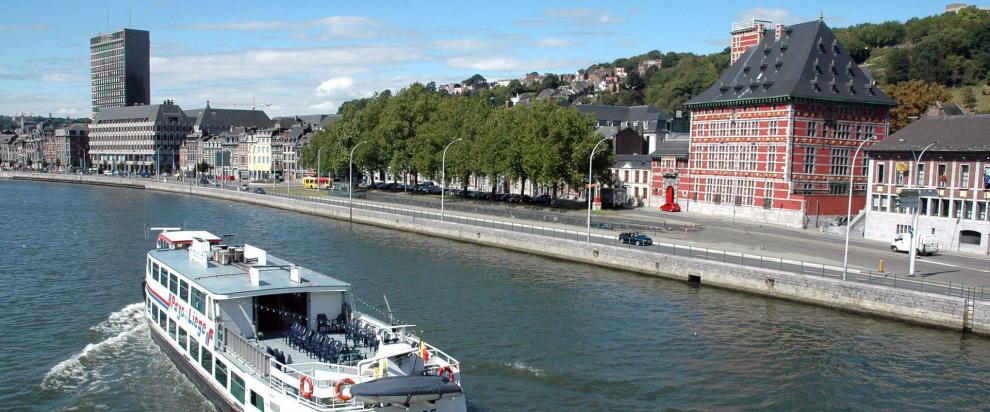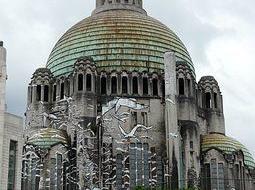Thessaloniki gets ready for its metro launch in November
The underground rapid transit lines have been under construction for almost two decades due to various project delays
 TheMayor.EU logo
TheMayor.EU logo 
Liège grew from a humble chapel built on the Meuse in 558. In 705 the Bishop of Tongeren-Maastrich was murdered at the chapel and from then on it became a pilgrimage destination.
In the 10th century, the city became the capital of a principality ruled by prince-bishops who had both religious and secular powers. Liège remained independent for the next 800 years, right through the reign of Burgundians, Spanish and Austrians. In 1789 rumblings broke out in Paris, and revolutionary desires were whetted in Liège, and the locals, with the support of French soldiers, ousted the last prince-bishop, Antoine de Méan. The long-independent principality was swallowed by France in 1794.
When the Industrial Revolution swept through in the 19th century, Liège developed its natural resources.
In 1830 the Liègois were the first to offer support to Brussels during the revolution against Dutch rule, and later that century fought heavily for better working conditions. After World War II, they were at the forefront of the campaign that eventually brought down King Léopold III.
Liège is a major Walloon city, municipality and the capital of the Belgian province of Liège. The city is located in the valley of the Meuse, in east Belgium, near to the borders with the Netherlands and with Germany.
The municipality of Liège includes the former communes of Angleur, Bressoux, Chenee, Glain, Grivegnee, Jupille-sur-Meuse, Rocourt and Wandre. Liège has 198,280 inhabitants (November 2012). The metropolitan area has a total population of 749,110 (1 January 2008) and includes a total of 52 municipalities. Liège is the third most populous urban area in Belgium, and the fourth biggest municipality.
From an economic perspective Liège is the most important city of the Wallon region. The economy of the region is diversified. The most important industries are: Mechanical industries (Aircraft engine and Spacecraft propulsion), space technology, information technology, biotechnology and the production of water, beer and chocolate. In Liège is situated an important group of headquarters dedicated to high-technology, such as Techspace Aero. Other key sectors include Amos which manufactures optical components for telescopes and Drytec, fabric of compressed air dryers. Liège is home also to many other electronic companies such as SAP, EVS, Giliam, AnB, Balteau, IP Trade. Other important businesses are the global leader in light armament FN Herstal, the beer company Jupiler, the chocolate company Galler, and the water and soda companies Spa and Chaudfontaine. A science park in the south-east of the city houses many high technology businesses.

The city is well known for its crowded folk festivals, the most famous being the 15 of August Festival ("Le 15 août"). People flock to the Outre-Meuse, a quarter crisscrossed with tiny pedestrian streets and old yards. Many people come to see the procession but also to drink alcohol and beer, eat cooked pears or sausages or simply enjoy the atmosphere until the break of dawn. The Saint Nicholas Festival, which is held around 6 December, is organized by and for the students of the University. For several days before the event, students (wearing very dirty lab-coats) beg for money, mostly for drinking.
Liège is renowned for its nightlife. There are with many lively pubs which are reputed to remain open until the last customer leaves.
The "Batte" market is the place visited by most locals visit on Sundays. The outdoor market where agricultural products, clothing and snacks are on display, goes along the Meuse River and attracts many visitors to Liège.
A must visit in Liège are the Royal Opera of Wallonia and the Liège Royal Philharmonic Orchestra.
Place du Marché 2,
4000 Liège, Belgique